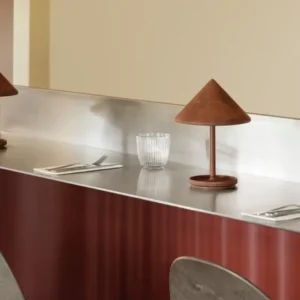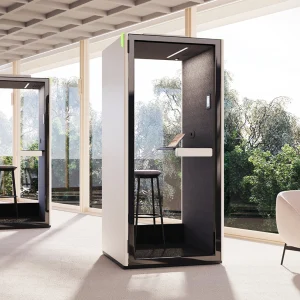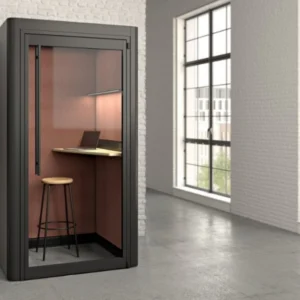The exhibition tracks the process of designing four projects in China from 2003-2009 – Nanjing Museum of Art and Architecture, Beijing Linked Hybrid, Shenzhen Horizontal Skyscraper, and Chengdu Sliced Porosity Block.
These works explore the creation of collective urban space. Rather than monofunctional buildings, these are new hybrid buildings with rich programmatic juxtapositions. Each project investigates the phenomena of light and tactility through material development and experimentation. Geothermal cooling and heating, solar PVC and grey water recycling are among several green strategies utilized in all the projects. The exhibition illustrates the design process from initial conception to current status; documenting the collaborative process of model making, drawing, and animation.
The exhibition will be on view in the Vanke headquarter offices in the Horizontal Skyscraper/Vanke Center in Dameisha, Shenzhen. This hybrid building, a design by Steven Holl with partner Li Hu, includes apartments, a hotel, and offices for the headquarters for Vanke Real Estate Co. Ltd. A conference center, spa and parking are located under the large green, tropical landscape which is characterized by mounds containing restaurants and a 500-seat auditorium.
The decision to float one large structure right under the 35 meters height limit, instead of several smaller structures each catering to a specific program, generates the largest possible green space open to the public on the ground level. Suspended on eight cores, as far as 50 meters apart, the building’s structure is a combination of cable-stay bridge technology merged with a high-strength concrete frame. The first structure of its type, it has tension cables carrying a record load of 3280 tons.
As a tropical strategy, the building and the landscape integrate several new sustainable aspects. The building has a green roof with solar panels and uses local materials such as bamboo. The glass façade of the building will be protected against the sun and wind by perforated louvers. The building is a tsunami-proof hovering architecture that creates a porous micro-climate of public open landscape; the first LEED platinum rated building in Southern China.
Interiors including the auditorium, conference center and hotel will be completed in late 2010.





